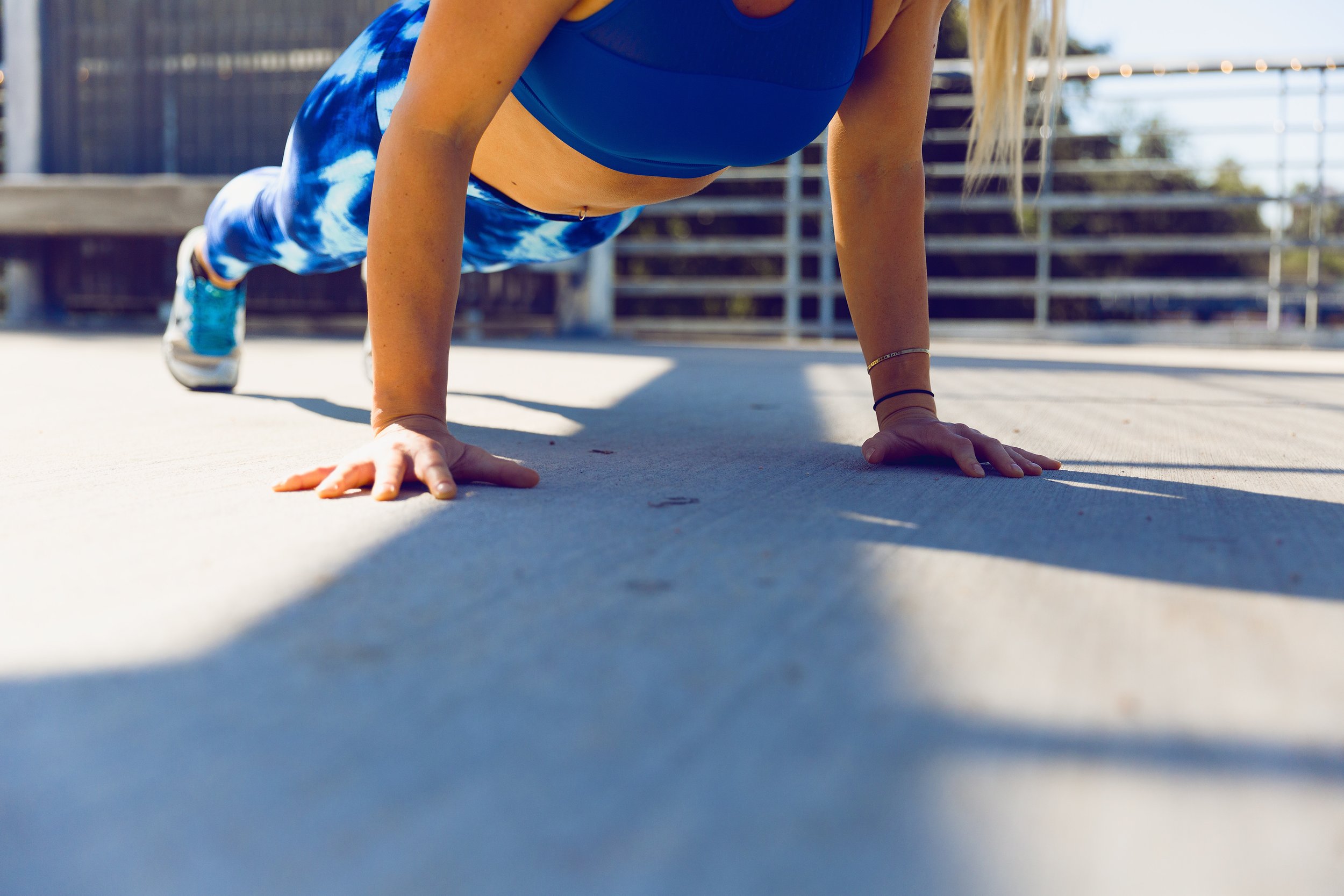This subject is appropriate for everyone who trains in any capacity. Whether that is your casual 2/3 gym sessions per week or your top end athlete who trains potentially 10 times a week, when you are injured it is still possible to maintain baseline fitness. How to do it is the fun part. There is a lot of stigma attached to injury, there is often fear of making it worse, anger that it happened in the first place and sometimes even elements of depression from a lack of exercise! This is why staying on top of your fitness during injury is so important! It prevents you from regressing into bad habits and keeps your exercise levels high.
So we have mentioned baseline fitness a handful of times now, but what does it actually mean? Technical definition:
"The minimum level of your adaptability to your training environment"
That may not mean a lot to some of you so lets break it down further. At NRG we believe that baseline fitness is:
"The minimum required fitness level for you to perform at an acceptable level in your chosen environment".
That it all depends on your fitness goals! If your goal is to walk up the stairs and not be blowing, then your baseline would be reducing the speed of which you walk up the stairs. However if you are an elite level athlete it gets slightly more tricky - especially during team sports. During injury you may be able to maintain fitness at a good level, however you may not be "match fit". We will touch on "match fitness" another time, but for not lets stick with baseline.
So we have defined baseline fitness, now let's look at a few options for whether you have lower or upper body injuries. Implement these ideas into your training whilst injured and we can guarantee that coming back from injury will be easier than ever. Like we have previously mentioned in articles, it is important to be open minded and experiment during rehab of injuries. One of these set workouts may not work for you, but a variation of them will!
Upper Body Injuries:
Option 1: Watt Bike/Exercise Bike
6 Rounds of 30 sec on 30 seconds off
This will burn. The 30 seconds sprint will set your legs into a lactate threshold but you have to hold it off. Use the recovery to cycle slowly and attempt to lower the heart rate. More advanced athletes should aim for +500m in each time cap
Option 2: No Hands - Assault Bike/Air Dyne + Squats
10 rounds - 10 calories bike - 10 air squats
This is a pure aerobic capacity test. Can you control your breathing? Can you control your heart rate? Are you willing to go from one to the other without rest? Again more advanced athletes could touch 6 minutes if they go unbroken on each exercise.
Option 3: 20 minute EMOM: Box Jump + Squat Variation
EMOM: Every Minute On The Minute - 10 BJ + 10 Squat (Alternating Minutes)
This will test your ability to recover, when choosing your height/weight try and choose the right number for you! You want to be able to complete the work in 30 seconds so you have 30 seconds to rest. Don't choose a back squat which takes 50 seconds to complete as you will blow yourself out early.
Lower Body Injuries:
Option 1: Upper Body Only Seated Ski-Erg
500m x 3 Sets with 1 min rest between intervals
This is focused on your endurance and your ability to maintain pace. There is no point going out all guns blazing as your arms and shoulders will blow out. Find a consistent pace and try to stick to it, keep your technique solid and do not rely on one area too much!
Option 2: Upper Body Row (Calorie) - Hand Release Press Up
21-15-9 (Can be repeated for rounds depending on level of athlete)
This a pure chest, shoulder and upper back workout. Can you maintain your composure as shoulders burn whilst you push and pull during the workout? The idea is go as quick as possible and adapt the workout for your fitness demands. If you need to kneel or stand up to do a press up then use the variation.
Image Accreditation - https://uk.ryderwear.com
Option 3: Battle Ropes Tabata (Adapt to fitness level)
8 rounds - 40 seconds on - 20 seconds off
This is a burner and will test you mentally. Can you keep the burning sensation down to a minimum? Can you push through the pain to get the work done? If so then you will be absolutely fine. Remember there are many battle rope variations which can be used to change the emphasis on the muscles around the shoulder. You can also reduce the work time depending on the level of athlete you are (30 secs on 20 secs off etc).
Feel free to give these variations a go next time you are injured looking to recover whilst maintaining your baseline fitness. These are only a small handful of ideas so feel free to experiment just be cautious and build it up. The last thing you want to be doing is working hard in the gym on your fitness and causing a further injury.
And that concludes our ways to maintain baseline fitness whilst injured. Let us know what you think! Is there anything you would change? What variation would you use? Any rep or set ranges you would use to maintain fitness? Comment below or email us - rob@nrgsportstherapy.com
Want to be alerted every time we release awesome free content? Then join our newsletter below by simply filling in our form below! You will be first to know when we drop any new articles on injury, fitness, training and health.
Interested in personal training, injury assessment or sports massage? You book now via email or phone! We look forward to hearing from you.



